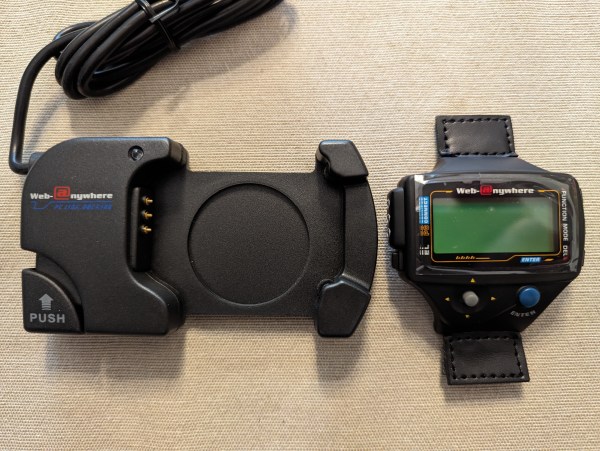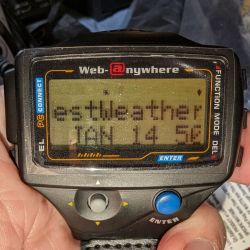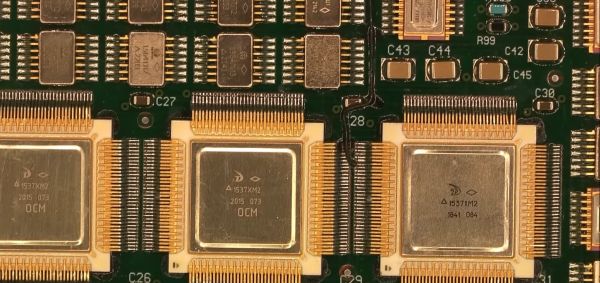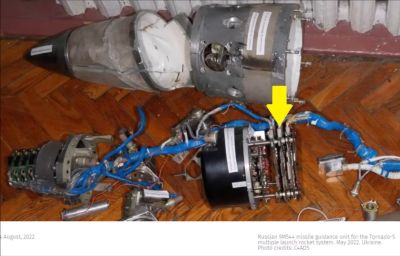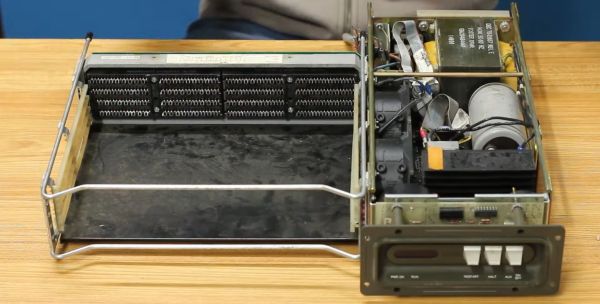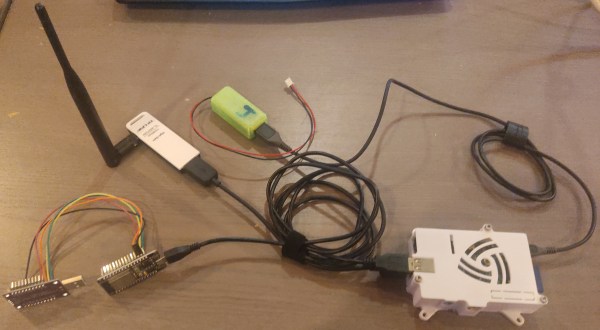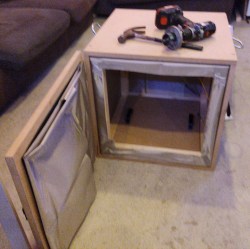After initially sending a cease and desist order to [Andre Basche] – the developer of a Haier hOn plugin for Home Assistant – Haier Europe’s head of Brand and IoT has now penned a much more amicable response, seeking to enter into dialogue in search of a solution for both parties.
This latest development is detailed both in the ongoing GitHub issue, as well as the Takedown FAQ and Timeline document that [Andre] created to keep track of everything that’s going on since we last checked in on the situation. As things stand, there is hope that Haier Europe may relent, especially as the company’s US division has shown no inclinations to join in on the original C&D.
In the confusion following the initial C&D announcement demanding the take-down of [Andre]’s hOn-related repositories, it was not clear to many which Haier was involved. As it turns out, Haier Europe as a separately legal entity apparently decided to go on this course alone, with Haier US distancing themselves from the issue. In that same Reddit thread it’s noted that GE Appliances (part of Haier US) has had a local API available for years. This makes Haier Europe the odd one out, even as they’re attempting some damage control now.
Amidst this whirlwind of developments, we hope that Haier Europe can indeed reach an amicable solution with the community, whether it’s continued API usage, or the development of a local API.


